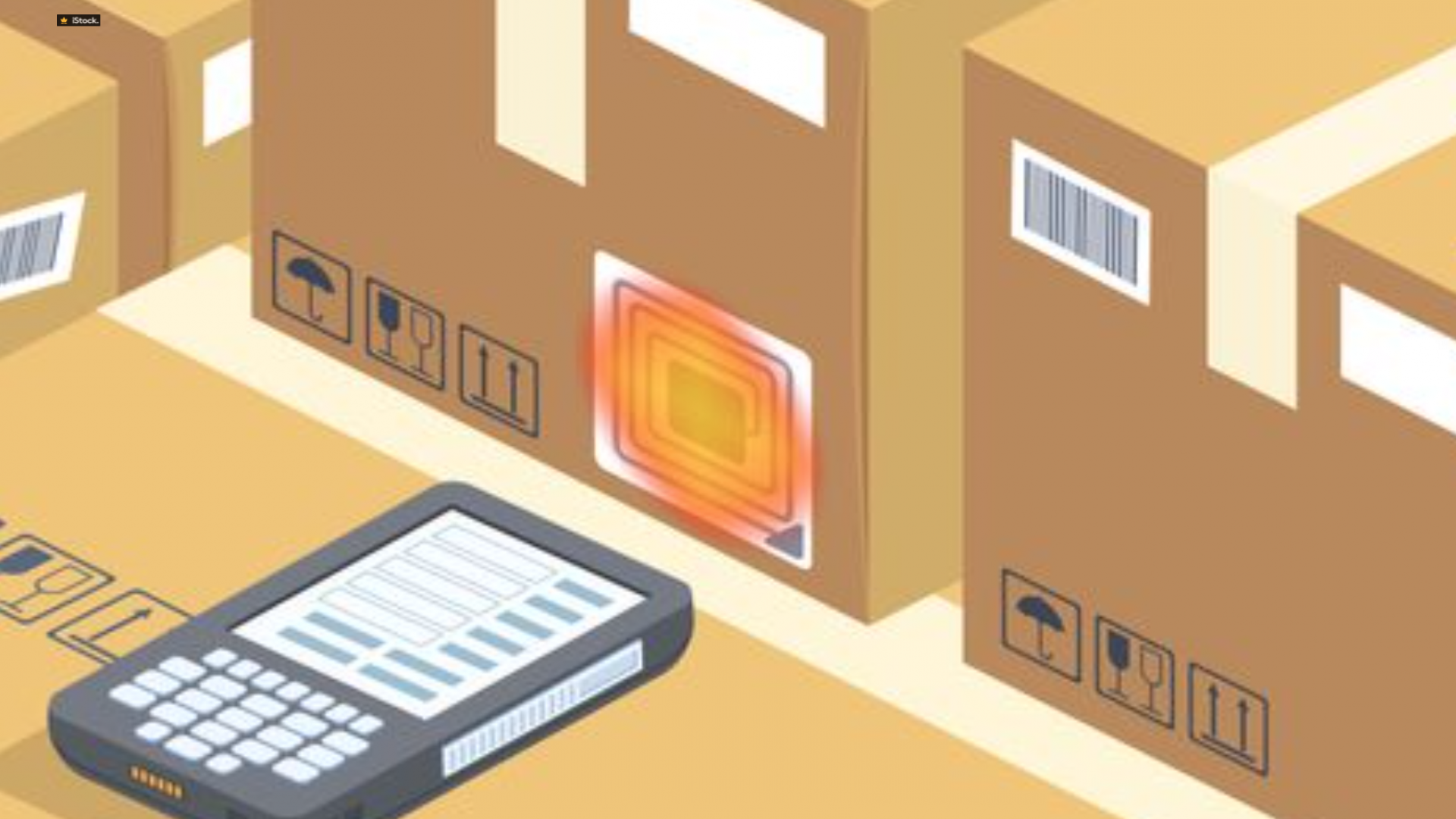In next-generation cellular networks, a massive number of low-cost devices are required to communicate with minimal power consumption. This paradigm opens the door for several Internet of Things (IoT) applications such as smart cities, homes, and agriculture, with 21 billion expected devices by 2025.
Some of these applications require even ultra-low-power wireless communication and self-sustainable networks. In this regard, backscatter communications (BC) is one of the most prominent technologies for ultra-low-power communications. The tag (i.e., backscatter transmitter) modulates its information bits over the incident electromagnetic wave and reflects it to a receiver.
Besides the low power requirement, another issue that faces wireless communications, in general, is spectrum scarcity. The enormous expansion of wireless communication systems with dedicated frequency bands (e.g., cellular networks, TV broadcast, and satellite communications) results in radio spectrum congestion. This issue also appears in IoT, where we may need to allocate spectrum bands to a tremendous number of devices. A possible solution to this problem is spectrum sharing, where multiple users can share the same frequency band under some conditions on the interference.
In this context, Researchers from The University of Jordan and KAUST are proposing a spectrum-sharing backscatter communication system, where a secondary backscatter network shares the spectrum of a primary network. The researchers analyze the capacity and error performance to design the operational data rate of the system. The proposed system simultaneously addresses the power and spectrum issues.
More information can be found in the companion video and the paper:
Y. Albaradneh, A. Elzanaty, and M. -S. Alouini, "On the performance of spectrum sharing backscatter communication systems", IEEE Internet of Things Journal, 2021


